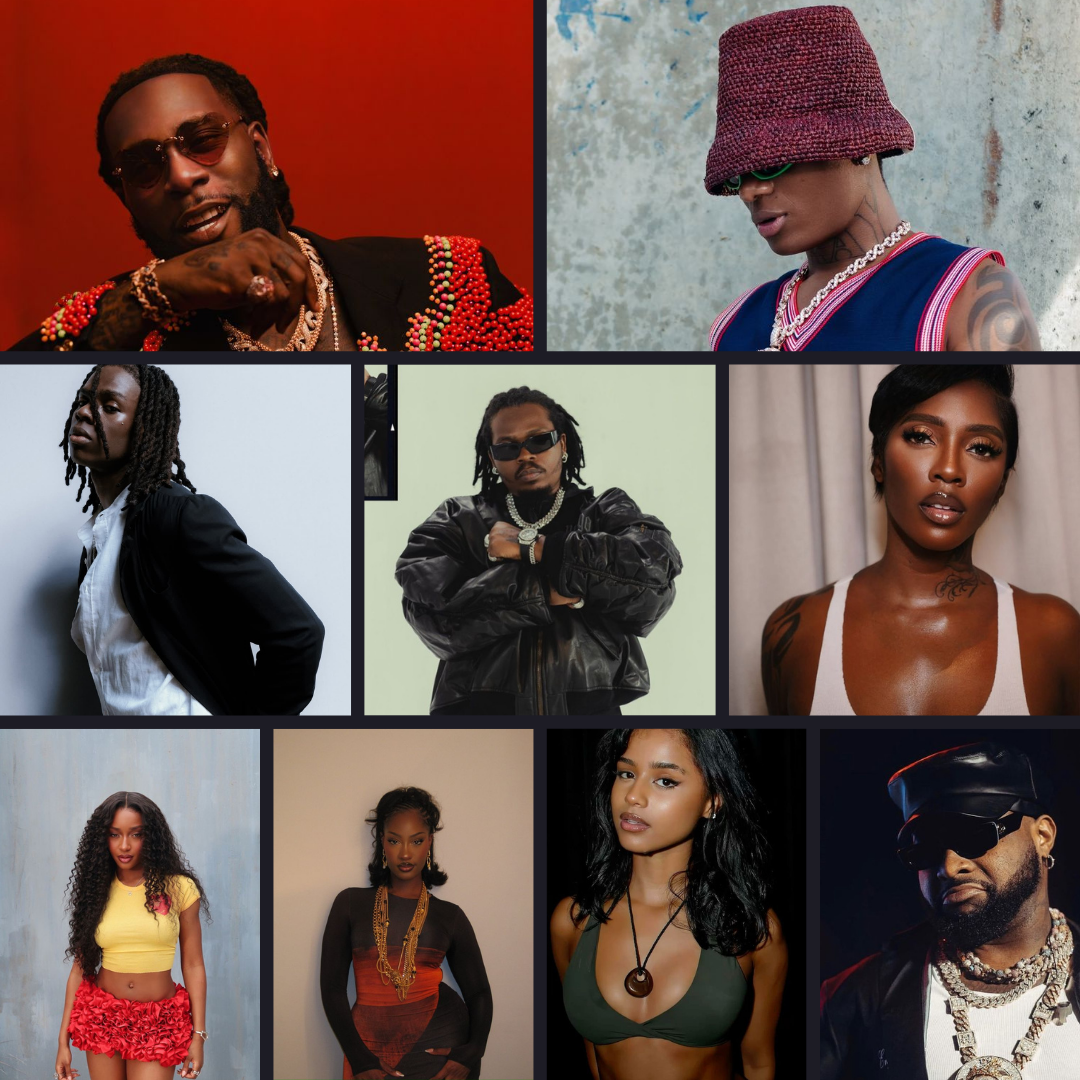
Afrobeats has lived through a golden moment, an era of global embrace, border-crossing collaborations, and cultural breakthroughs that placed the genre firmly on the world stage. It’s been years of undeniable triumph. Yet, in the midst of all the noise, a quieter conversation keeps resurfacing—among listeners, critics, and even some artists themselves: has the sound stalled?
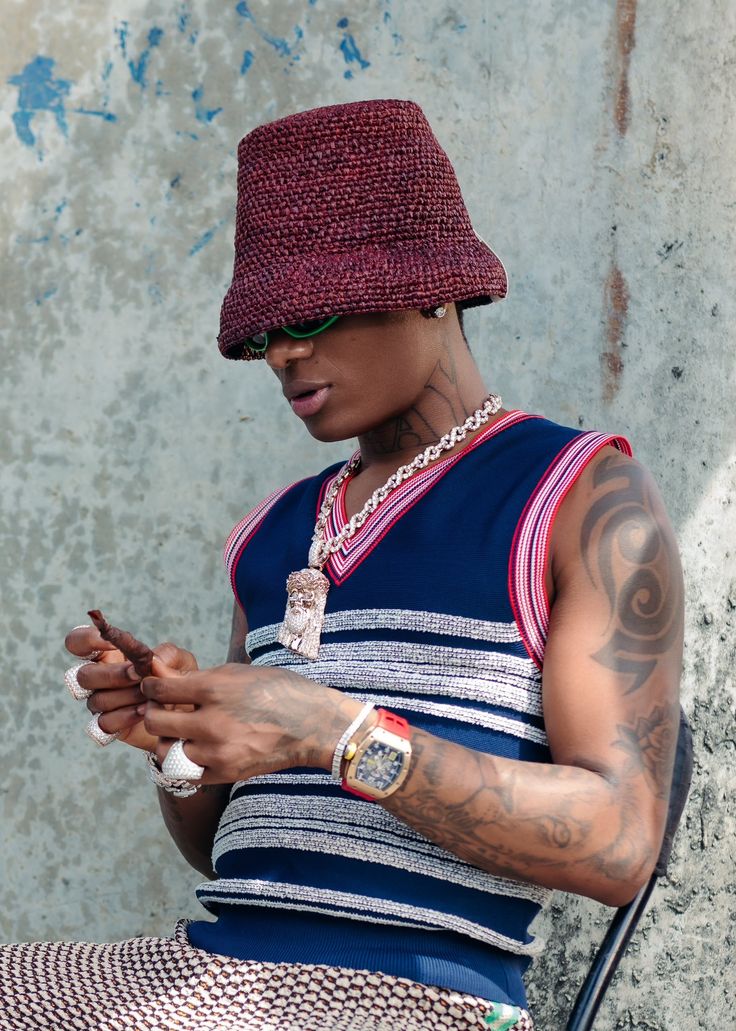
There’s a growing sense of saturation, a creeping boredom in the sonic palette, and a noticeable absence of risk. The genre that once pulsed with innovation and rebellion feels, at times, like it's treading water. I’ve found myself increasingly preoccupied with the why. What caused this creative plateau? And strangely enough, I keep returning to one word—success.

In classical thought, Aristotle described success not as external validation but as eudaimonia—a state of flourishing reached through virtuous living and the pursuit of one's full potential. But our present cultural lens often views success in far narrower terms—metrics, milestones, accolades. In the age of streaming platforms and digital dashboards, it’s easy to believe that once an artist racks up enough hits or headlines, they’ve arrived.
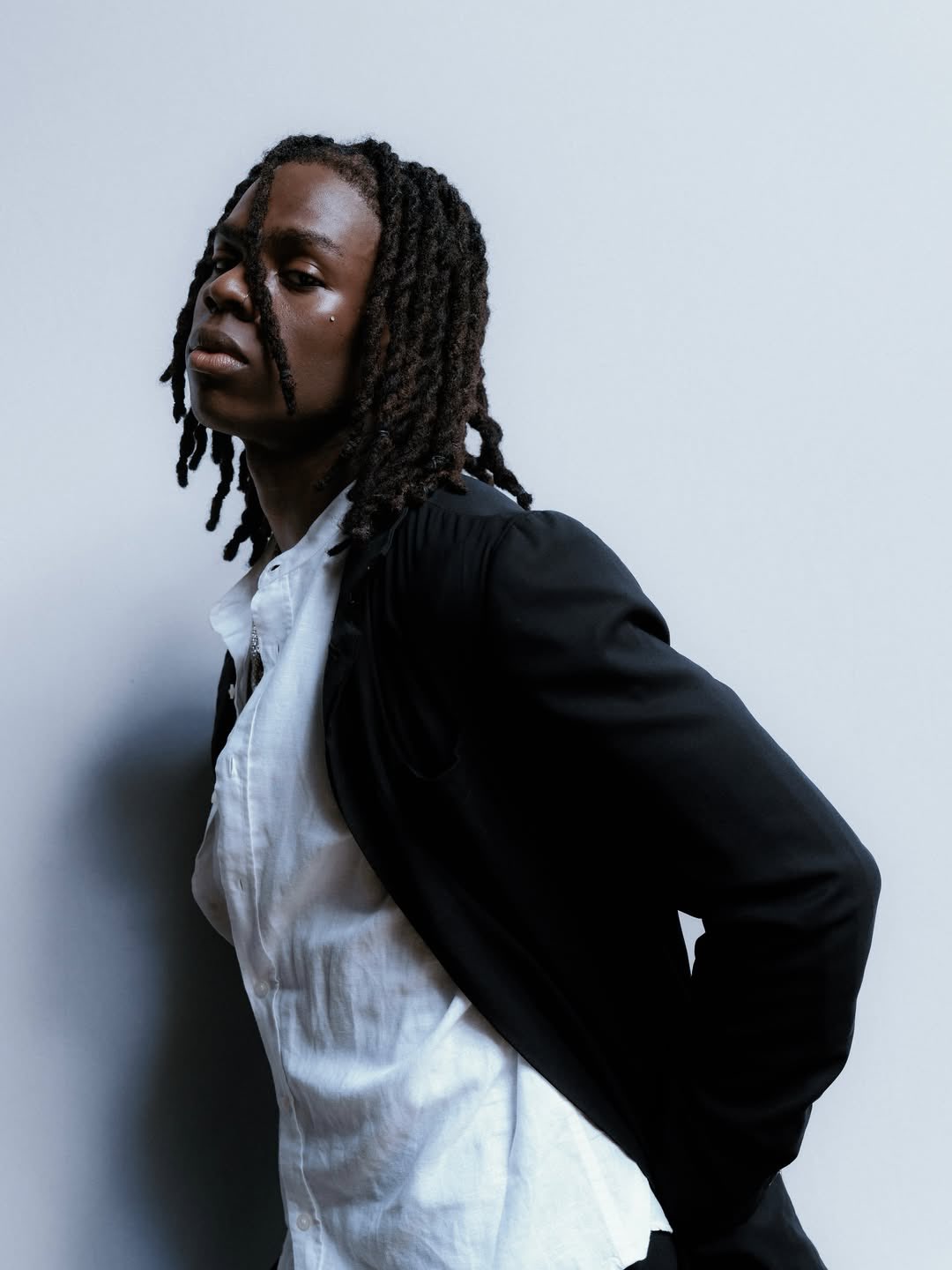
And that’s the problem. Success, as we understand it today, can be quietly corrosive to creativity. It offers the illusion of arrival. Not because success itself is flawed, but because its modern framing implies finality. Artists stop chasing wonder and start managing legacy. They become stewards of what worked instead of seekers of what’s next.

This is where James Baldwin’s words feel almost prophetic. “An artist cannot be successful,” this is not to deny artistic achievement but to warn against the comfort it brings. To accept success as a destination is to betray the role of the artist. Because art was never meant to sit still. It was meant to unsettle, to challenge, to surprise. The moment it becomes predictable, it begins to decay.
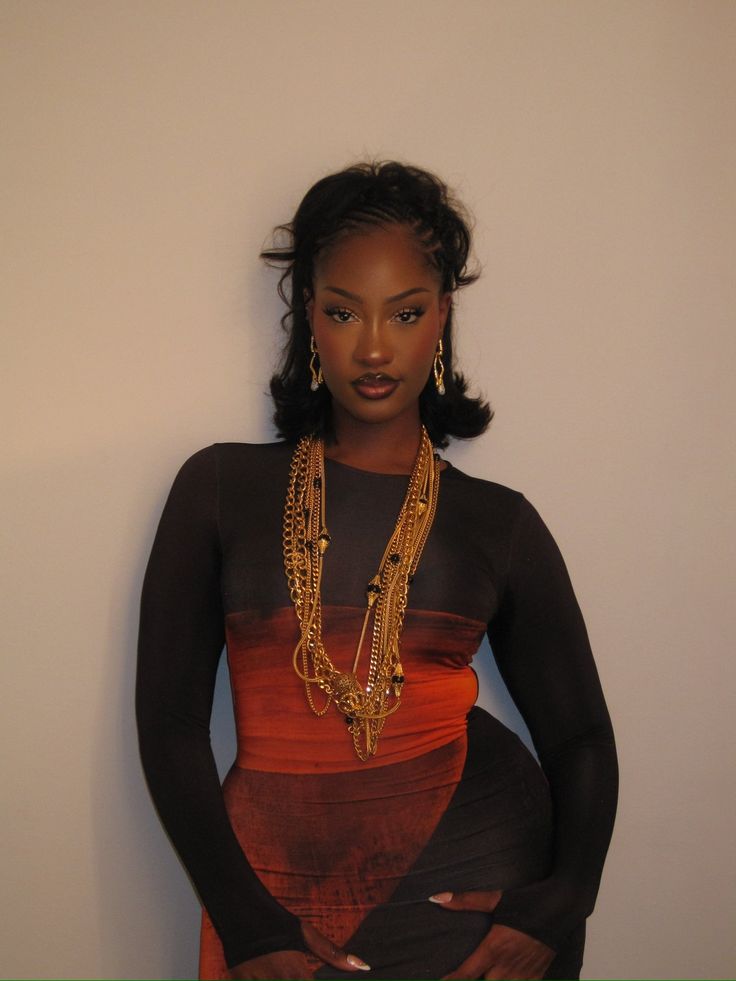
For the genre to continue evolving, it’s not just the artists who must grow. The art form itself must be stretched, reimagined, and redefined. Growth cannot coexist with safety. Real artistic evolution demands risk, discomfort, and the courage to disappoint expectations. It calls for creators who are willing to shed formulas, who are unafraid to alienate, and who are bold enough to step beyond their own reflections.

And this is the heart of the matter—when artists evolve, art elevates. The responsibility of the artist is not to bask in recognition, but to provoke, to question, and to move culture forward.
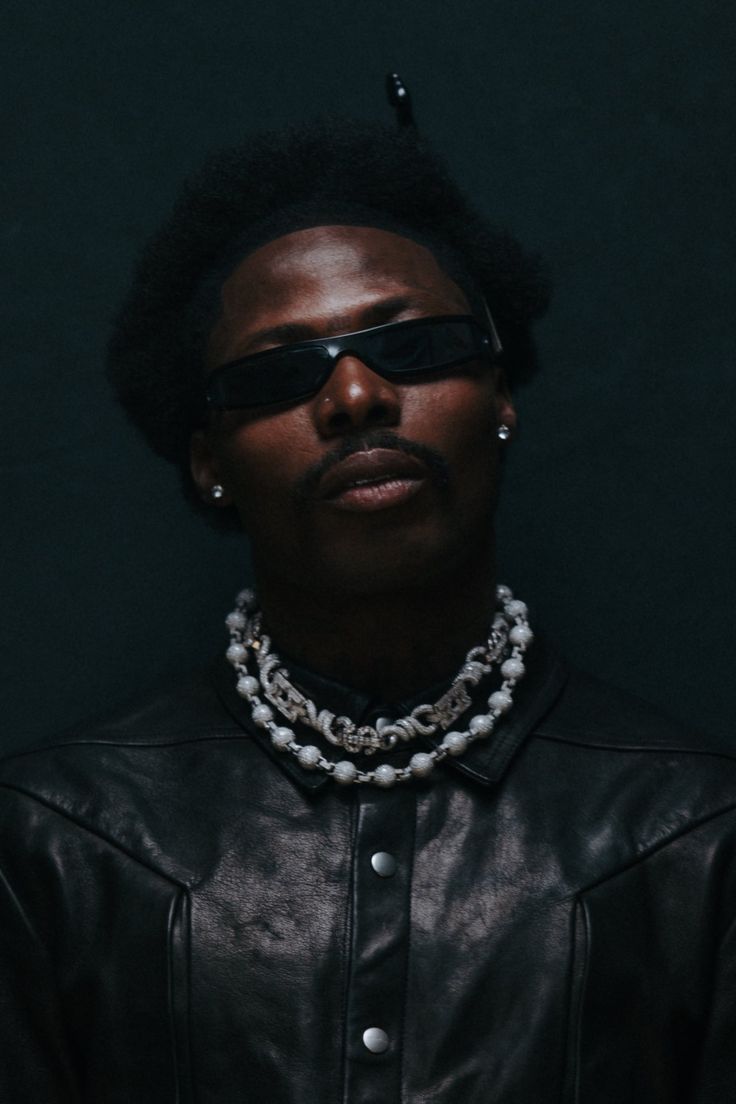
Perhaps the question isn’t whether our artists are successful, but whether they’re still brave. Are they still willing to see? To disrupt? To transform? That, more than streams or plaques, is the real measure of artistic legacy.
